Aquilegia
Curator:
Joanne Kim
Villa Angeli, Pegognaga - Italy

Helena Parada Kim’s solo exhibition at the Villa Angeli in Pegognaga presents paintings developed over the last two years by the artist.
Villa Angeli is a 15th century Renaissance Villa that was owned by the important Gonzaga family. The long history of the Villa reflects the rich and unique cultural heritage of the Lombardy on with which the artist enters in dialogue.

Two distinct bodies of work are on display in the exhibition. On one side, there are large-scale, naturalistic plant paintings, to which the artist has increasingly devoted herself in recent years. On the other, the young painter presents works that deal with aspects of Korean art and aesthetics.

In her latest series of works the artist seeks a stylistic fusion of traditional Korean iconography with elements of pre-modern European painting. In doing so, she combines her skills of hyper-realistic representation and old master techniques with the often graphic style and the abstract backgrounds found in the painting traditions of East Asia.
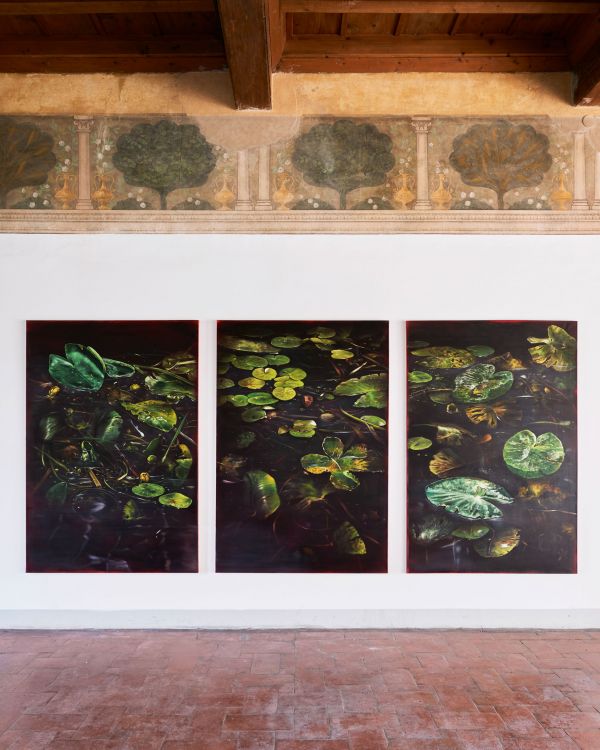
The central room at Villa Angeli will be dominated by the artists paintings of large-leaved plants such as the butterbur, pond lilies and hostas, which exhibit a degree of plasticity due to their enormous foliage and are correspondingly picturesque.
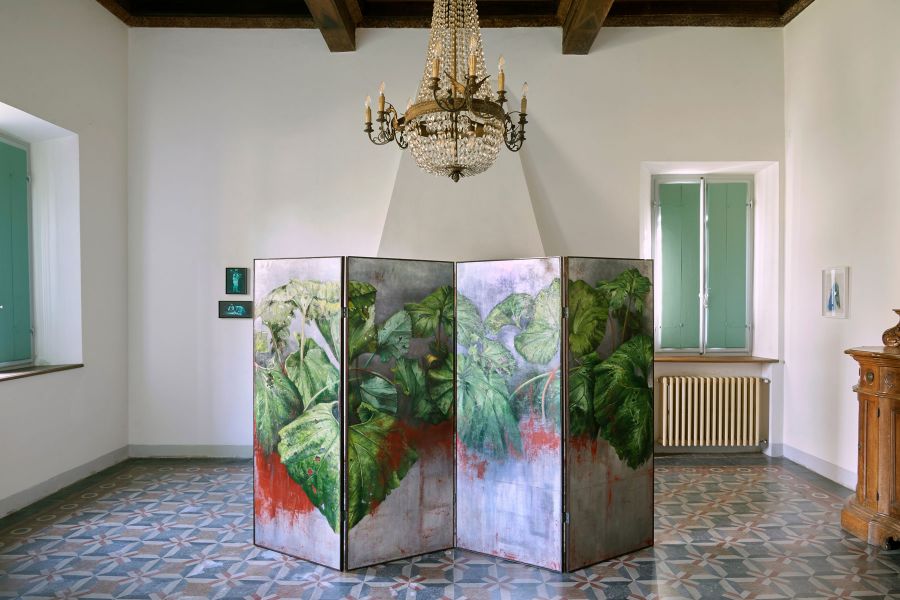
A folding screen installation brings together the thematic strands of the exhibition. On the front side of the screen, the artist depicts almost ornamentally large spreading leaves of the butterbur plant. The back of the screen is covered with cotton. In this work, the artist brings in elements of traditional East Asian painting, which often utilizes folding screens as a support. Breaking the picture into individual panels creates a delightful spatial effect, which further emphasizes the distinctive foliage of the butterbur.
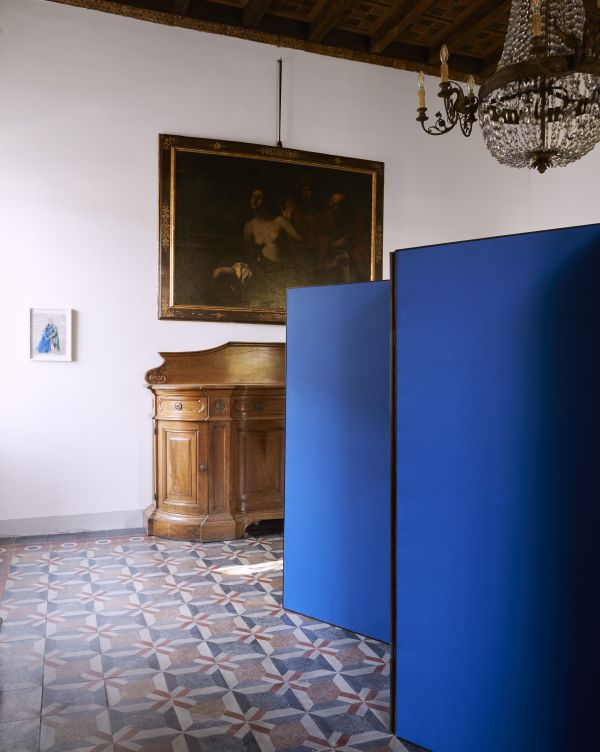
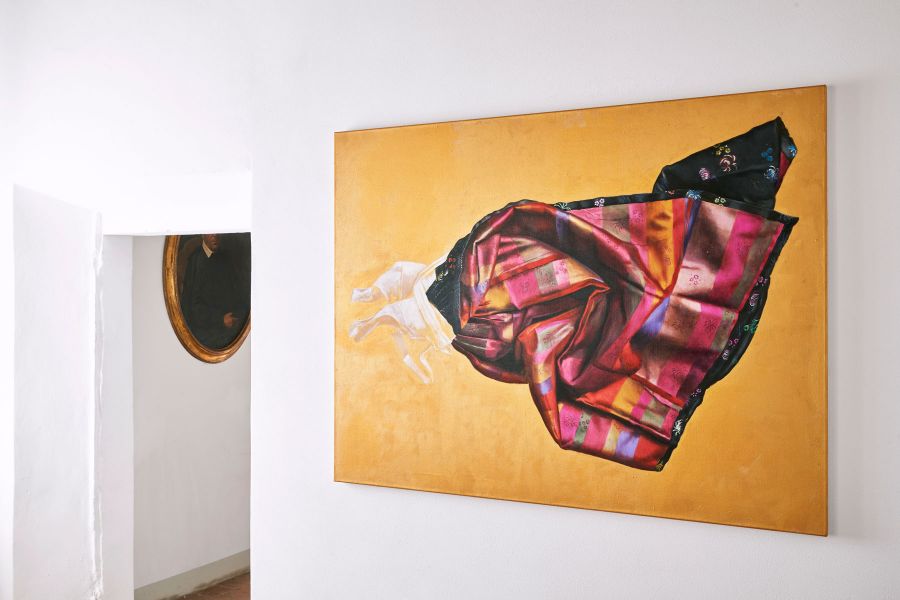
On display are further monumental representations of traditional Korean robes – the hanboks. The artist depicts the robes with a high degree of realism, placing them in front of airy, monochrome backgrounds.
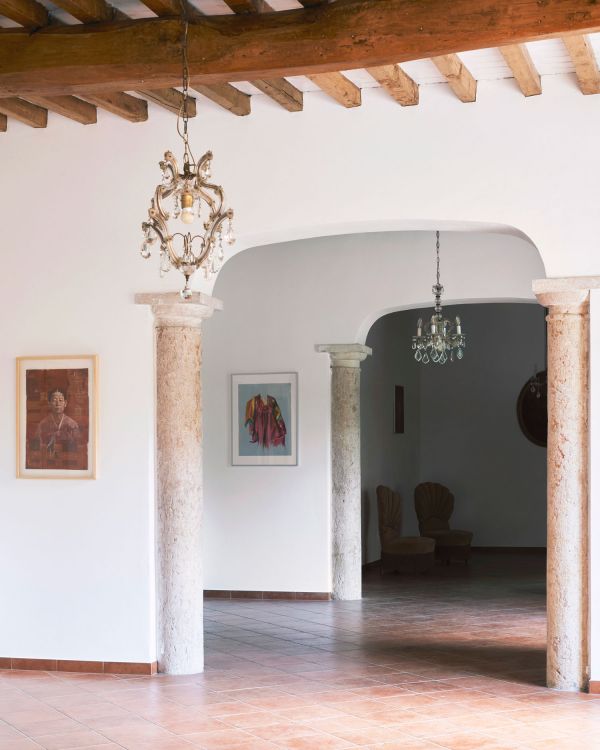
The hanbok in her paintings ushers viewers to a specific era and moment, extending the arena of exploration from an individual to a collective history.
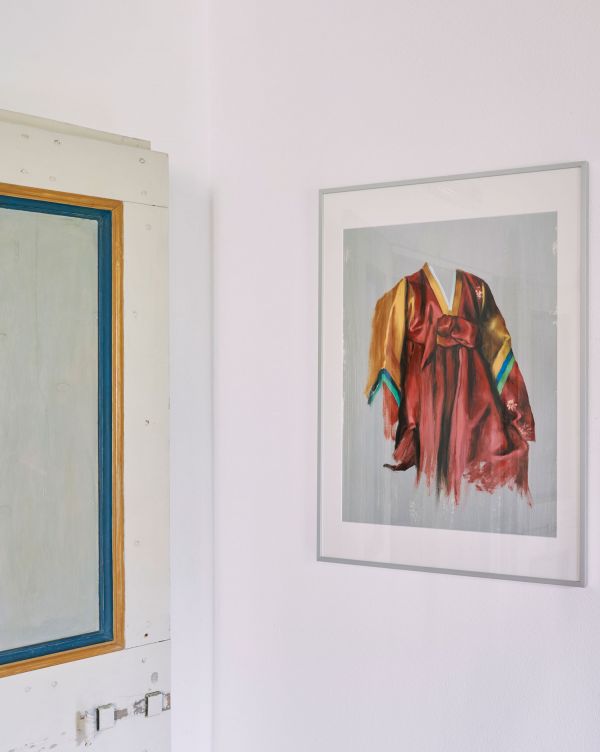
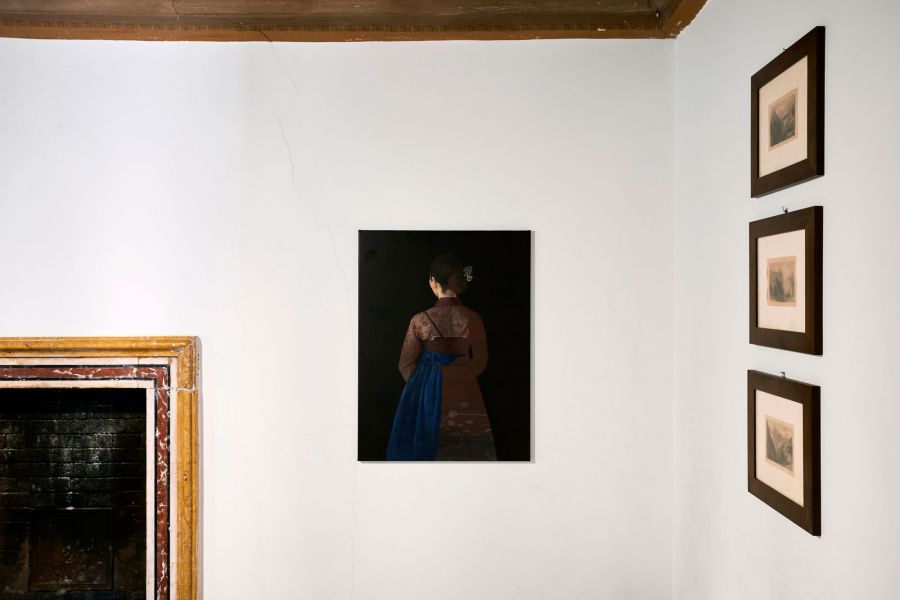
To the artist, the act of executing paintings with Korean subject matter is a long process of searching for her identity as a Korean, but to other Koreans, it may serve as an opportunity to pictorially remind themselves of facets of Korean history less familiar in contemporary times.
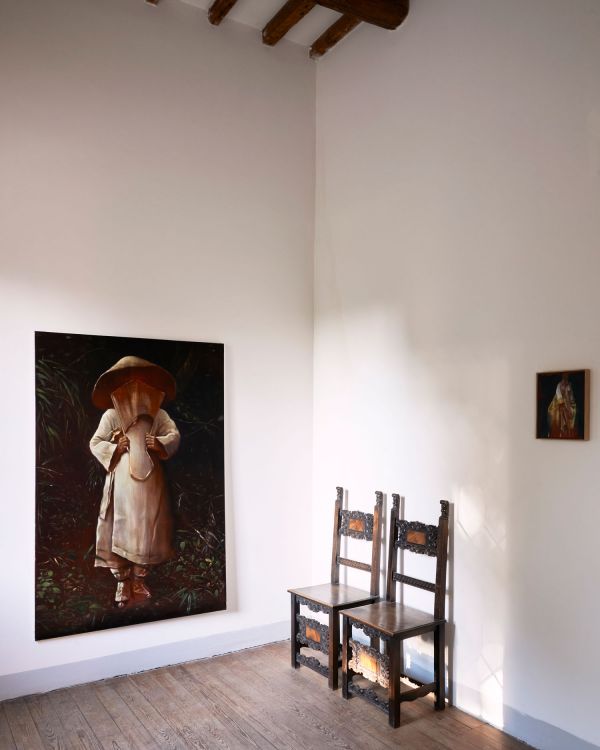
European Old Masters paintings, among others 17th century Dutch still lives profoundly influence Parada Kim’s work. The motifs of her paintings are faithful to traditional painting techniques while laying out aspects of contemporary society and history. Placed throughout her paintings, these motifs work as significant clues to into the history of an age and reflect on specific events identified by the artist.

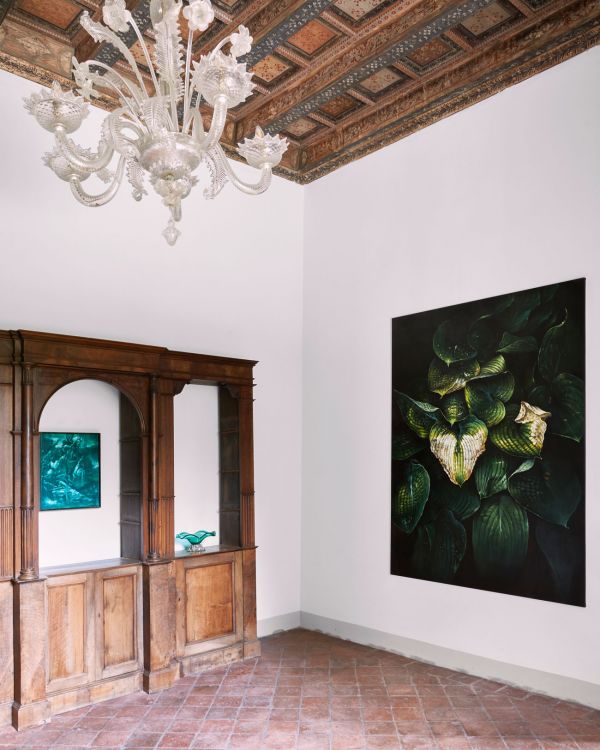

This exhibition was supported by Choi&Lager Gallery Cologne, Seoul
Artistic concept: Joanne Kim and Henry Cheng